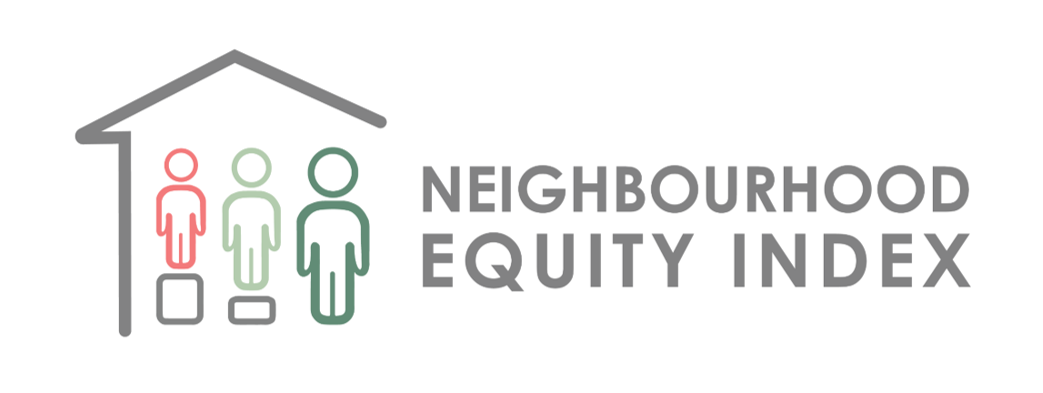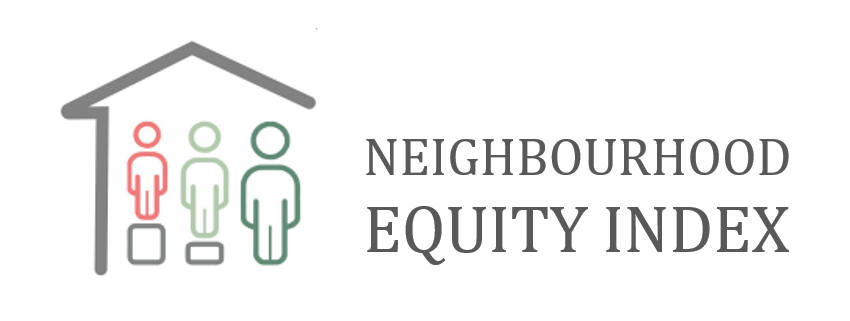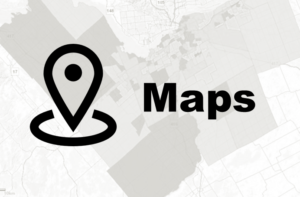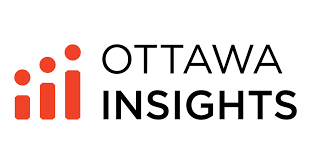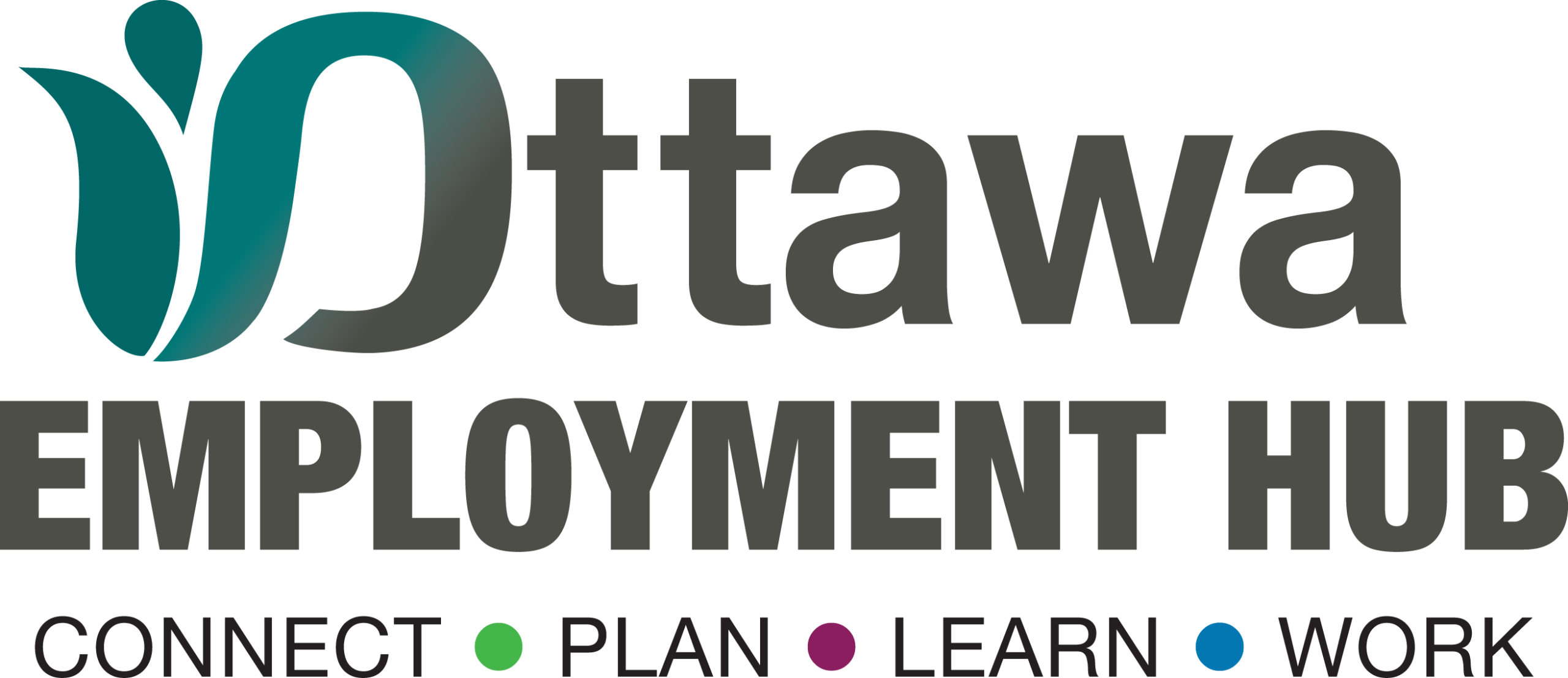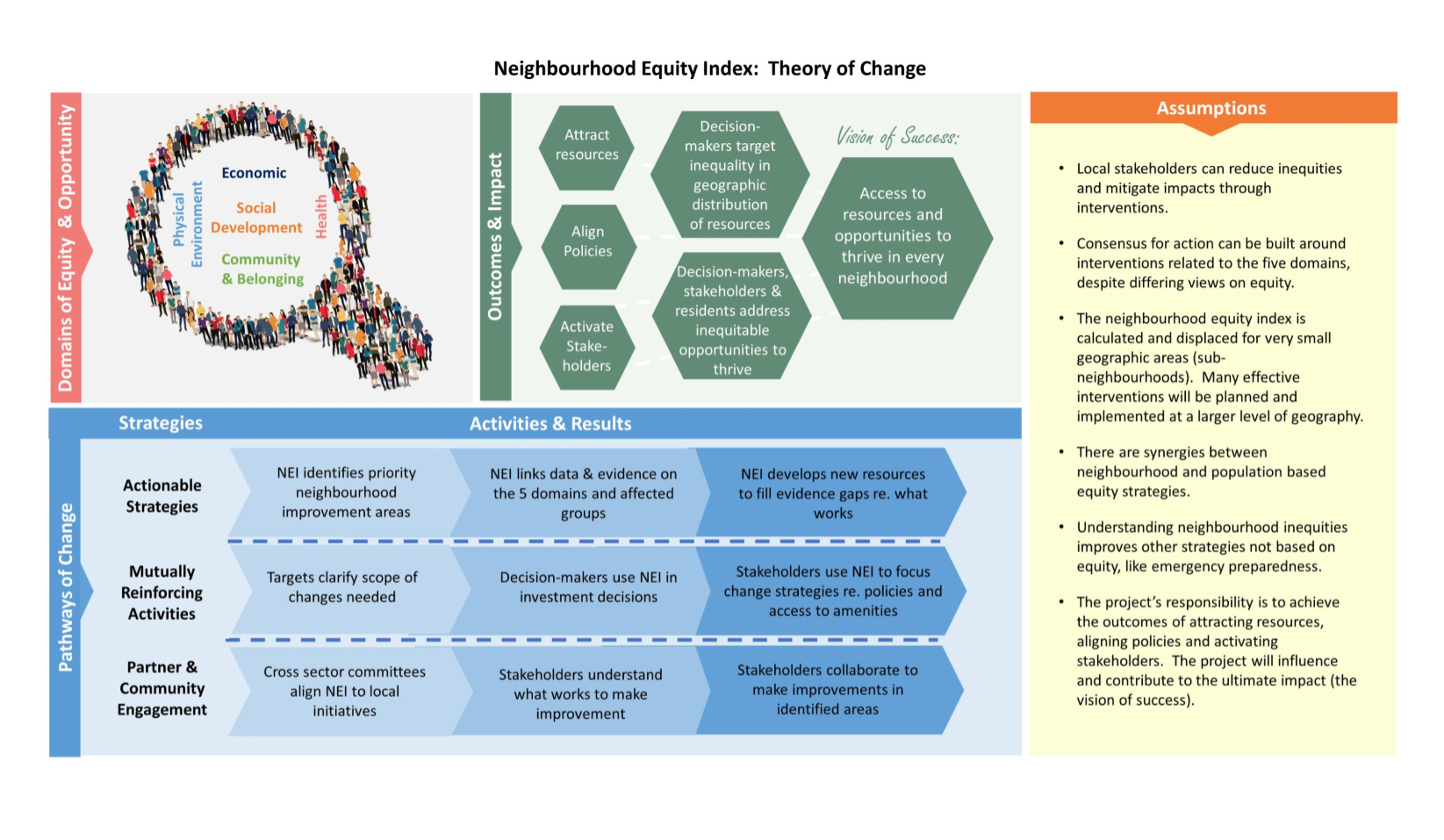The Economic Domain
The NEI Economic Domain illuminates a changing economic landscape at the level of Ottawa neighbourhoods (census tract level).
Ranking Ottawa neighbourhoods on how they fare in access to credit and capital, job opportunities, potential for generating income, and other factors important to living a poverty-free life gives a more robust picture of opportunity and equity than just looking at poverty rates. Through empirically mapping inequity, this NEI domain aims to support decision makers in making evidence-based decisions that can produce a more equitable, stronger, and healthier Ottawa.
The Ottawa NEI Economic domain has 9 indicators:
Low Income
Percentage of people living below the low income measure after tax
Working Poor
Percentage of working poor population age 18 to 64
Employment Income
Median employment income
Working Part-Time
Percentage of working part year and/or part-time
Number of Local Jobs
Number of local jobs per 1000 people
Consumer debt
Average non-mortgage consumer debt
Financial Assets
Percentage of families with financial assets
Housing Affordability-Renters
Percentage of renter households spending more than 30% of income on housing
Housing Affordability-Owners
Percentage of owner households spending more than 30% of income on housing
Why this domain matters
It has been over 10 years since the 2008 recession and the Canadian economy has rebounded but living standards have not. While the after-tax median family income has risen by one third, the most vulnerable Canadians (indigenous, seniors, people with disabilities) are still at an increased risk for poverty 1. The gap between the wealthy and the poor has widened with the average market income of the wealthy growing by 55% compared to the poor who are living on already unlivable average market incomes 2.
The boost in income has not translated to an easier life for many Canadians, as they devote a larger proportion of their net income to meet basic needs. Home ownership is beyond the means of many, especially young Canadians, as housing prices continue to rise. Affordable housing is hard to come by as more Canadians put a growing percentage of their net incomes to cover shelter costs. Over 2 million Canadians are food insecure and struggle to access affordable and nutritious foods. Precarious employment, low-wages, and increased time spent in unemployment (long-term unemployment) are fast becoming every-day realities of a growing proportion of Canadian society 2.
References
1 Canadian Index of Wellbeing. (2016). How are Canadians really doing? In Report of the Institute of Wellbeing. Retrieved from file:///Users/owner/Desktop/Canadian Index of well-being.pdf
2 Scott, K., Ditor, M., & Frojmovic, M. (2018). Neighbourhood Financial Health Index PROFILE OF Toronto. (January), 1–84. Retrieved from http://nfhi.ca/wp-content/uploads/2018/05/PRO-013_NeighbourhoodFinancialHealth_HighRes_ac11.pdf
Maps and Data related to the Economic Domain
Featured Resources
DATA: Basic Needs and Standard of Living Theme through Ottawa Insights
By the Ottawa Community Foundation
Find data and indicators related to basic needs & standard of living
DATA: Economy and Employment Theme through Ottawa Insights
By the Ottawa Community Foundation
Find data and indicators related to economy and employment
DATA: Ottawa Employment Hub Labour Market Information
Explore and understand local stats and news on the world of work
DATA: Ontario Marginalization Index
by the Centre for Urban Health Solution
ON-Marg is a data tool that combines a wide range of demographic indicators into four distinct dimensions of marginalization
DATA: Neighbourhood Financial Health Index
through Prosper Canada, 2016
A tool created to help municipalities, community organizations, and residents explore the different dimensions of financial health in their community.
REPORT: Place Based Initiatives in the Context of Public Policy and Markets
by Sol Price Centre for Social Innovation et al., 2014.
Moving to Higher Ground Place-Based Initiatives in the Context of Public Policy and Markets
REPORT: Housing and Homelessness Reports
by the Alliance to End Homelessness
An annual Progress Report on Ending Homelessness in Ottawa to assess our community’s progress by comparing annual change in a number of areas.
Neighbourhood Equity in Action: Economic Domain
Find out what others are doing to improve economic equity in Ottawa. Reach out directly to get involved.
